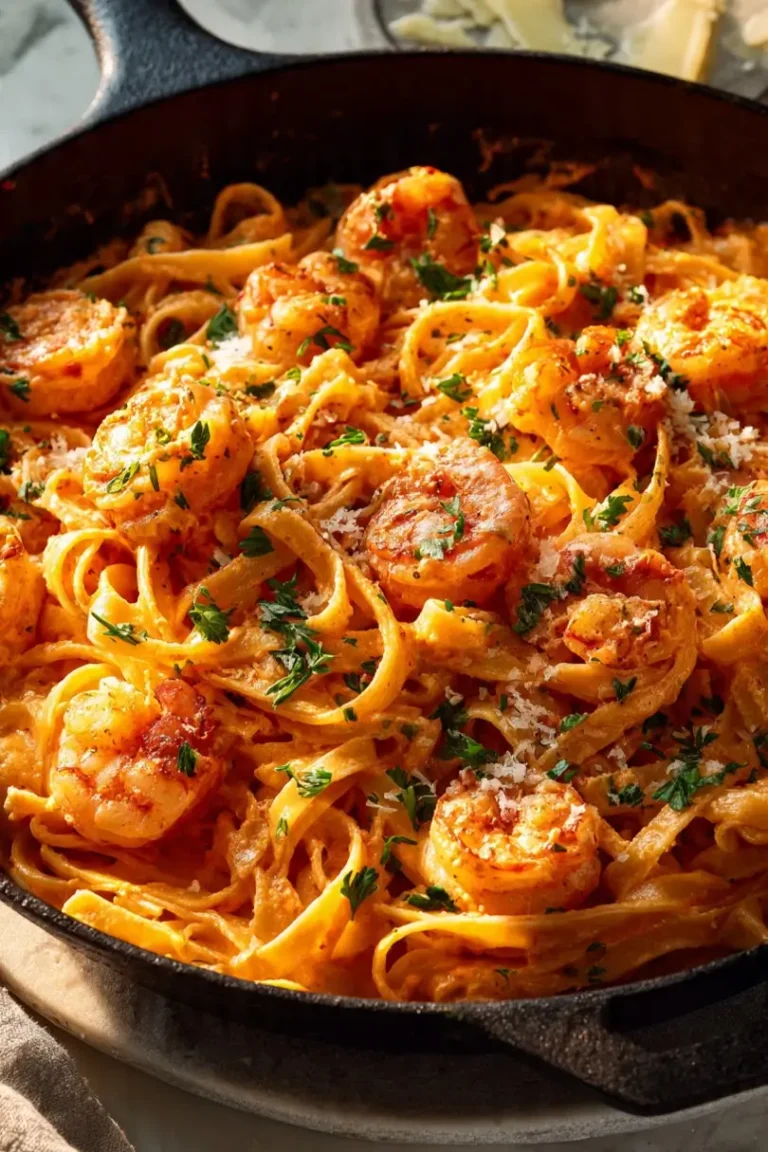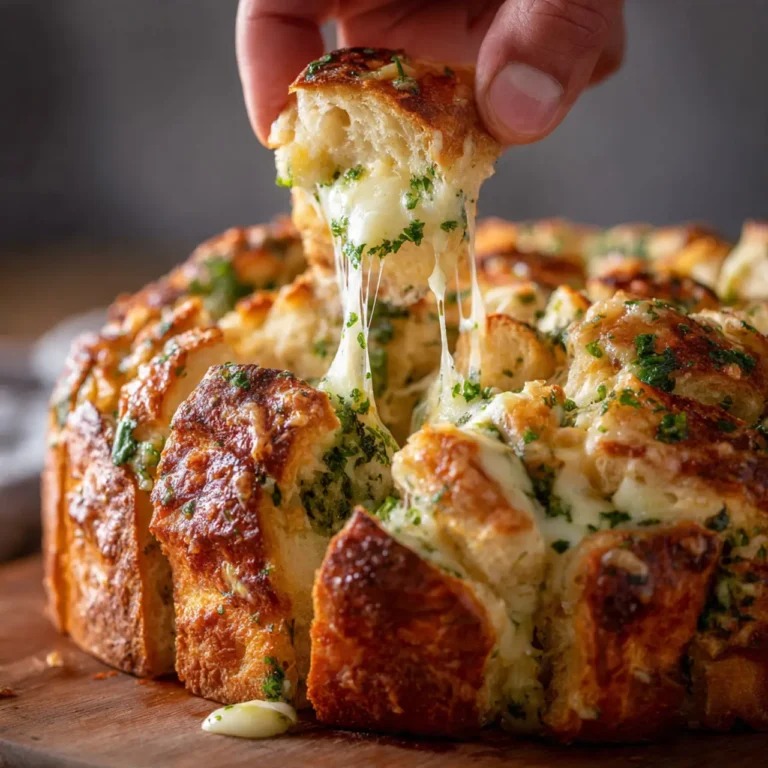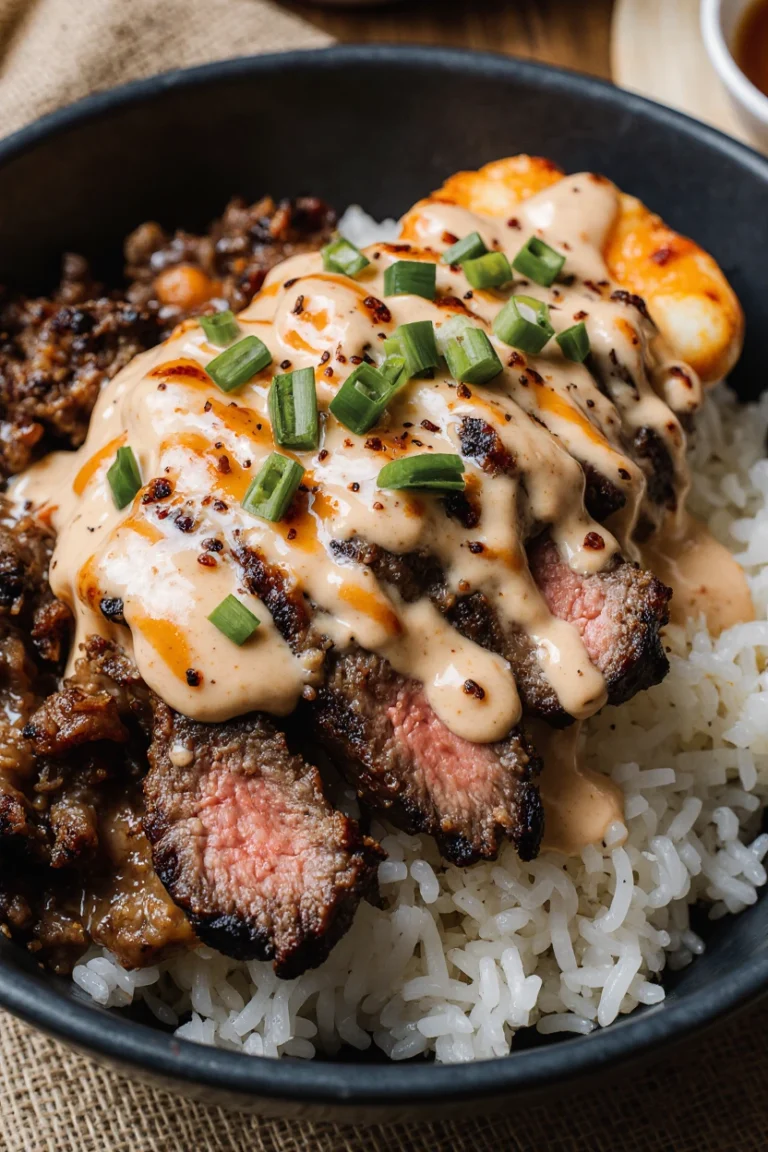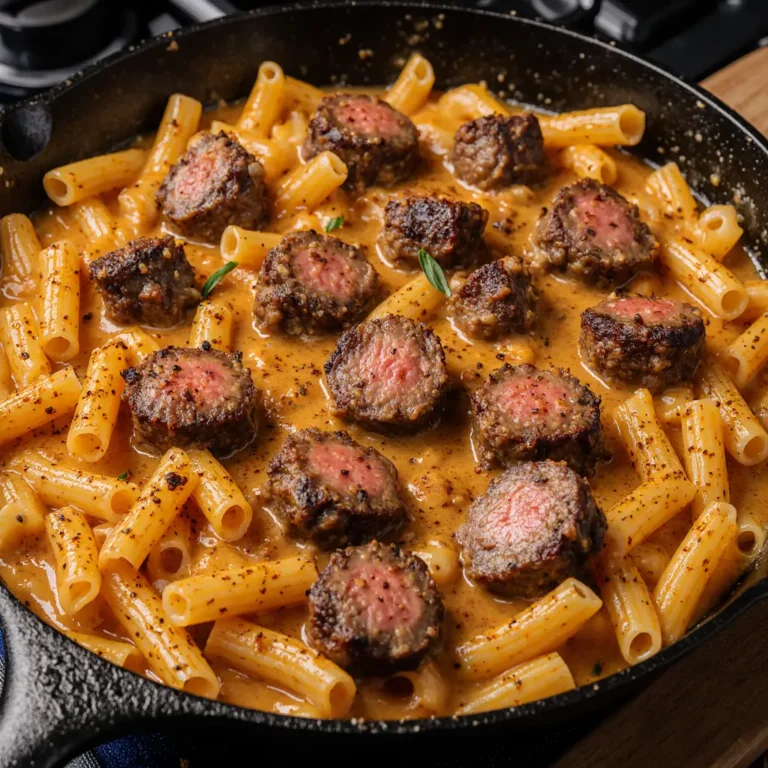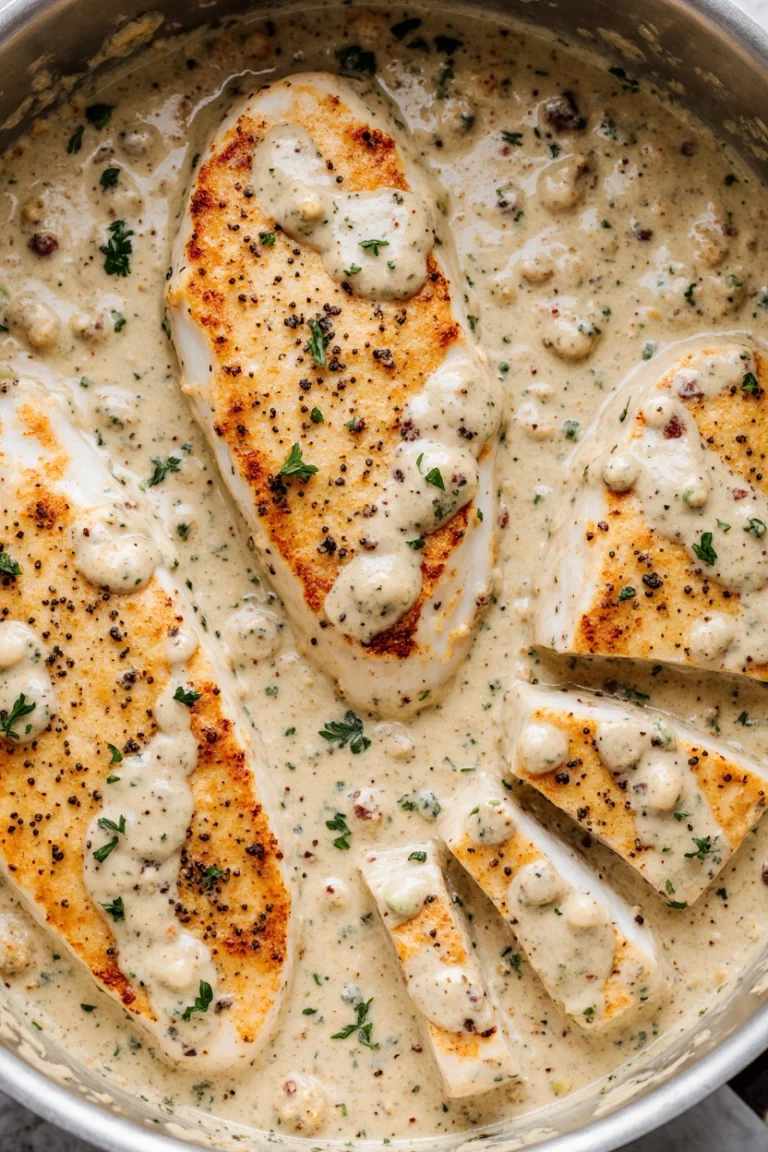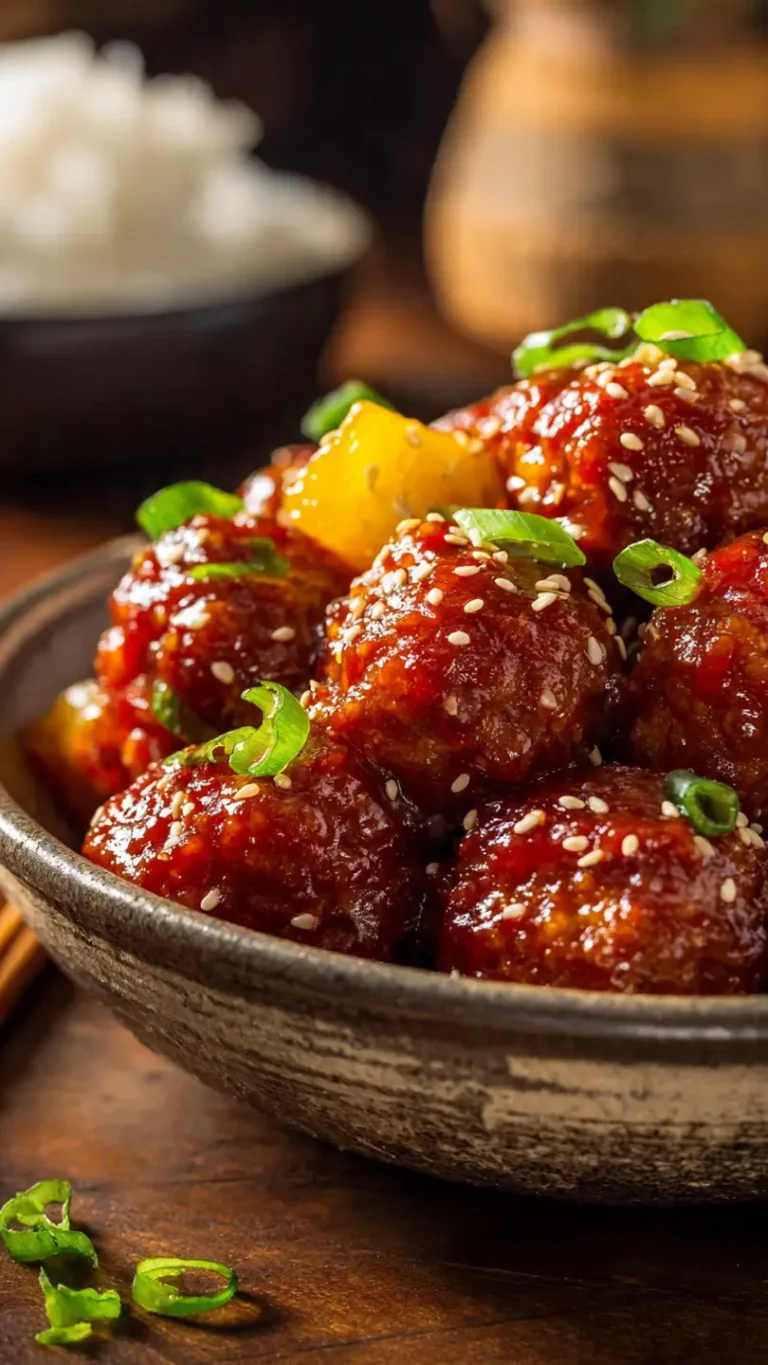The Ultimate Pumpkin Soup Recipe
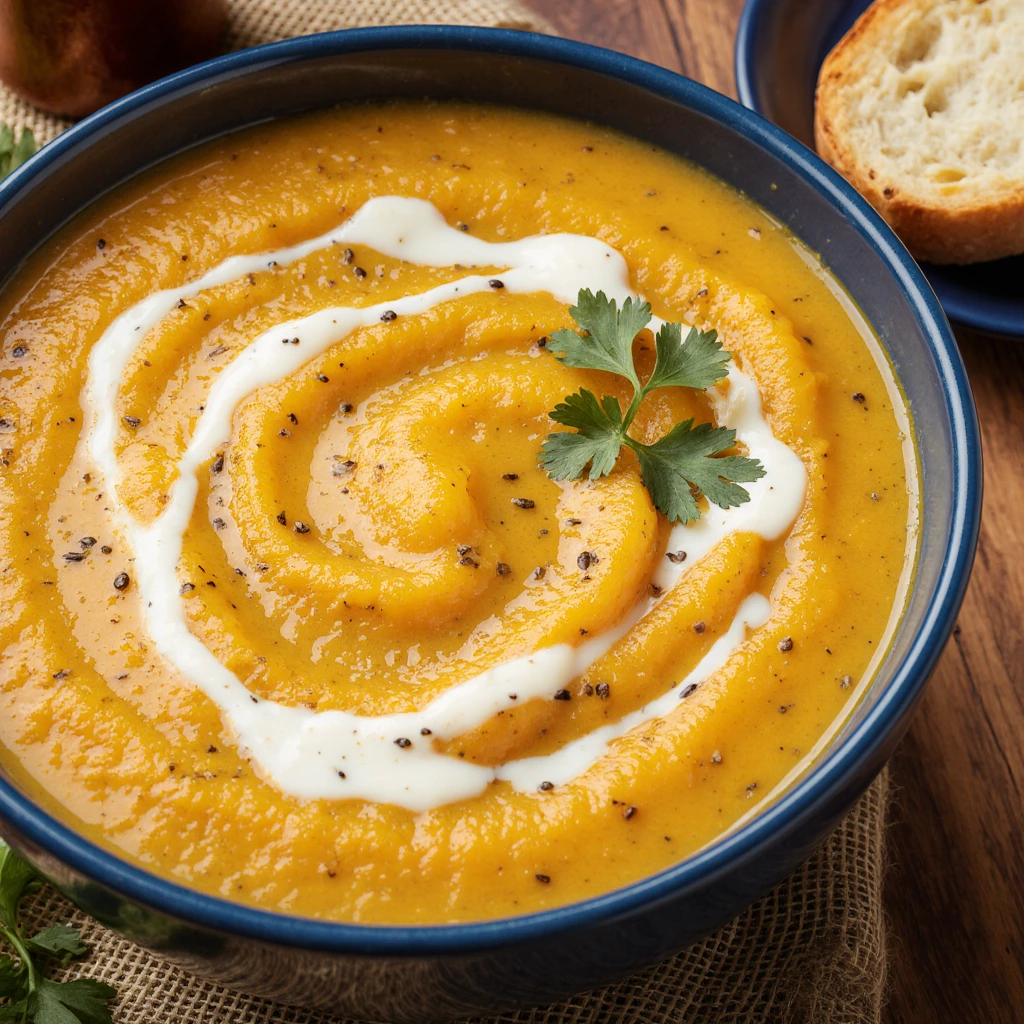
Did you know pumpkin soup ranks among the top comfort foods during the cooler seasons? Yet, many home cooks struggle with achieving the perfect balance of creaminess and flavor without overpowering spices or watery textures. Pumpkin soup is deceptively simple but requires a few culinary insights to get it silky smooth, enriching, and deeply comforting. Whether you’re looking for a classic style or a healthier twist, this pumpkin soup recipe is designed to guide you through every step, ensuring your bowl is warmed with rich autumnal goodness.
Table of Contents
Ingredients List
- 1 medium pumpkin (about 3-4 pounds) or 4 cups canned pure pumpkin puree
- 2 tablespoons olive oil or unsalted butter (substitute coconut oil for dairy-free)
- 1 medium onion, finely chopped
- 2 cloves garlic, minced
- 4 cups vegetable or chicken broth (low sodium preferred)
- 1 cup coconut milk or heavy cream (for a lighter version, use skim or almond milk)
- 1 teaspoon ground cinnamon (or fresh grated)
- ½ teaspoon nutmeg
- Salt and freshly cracked black pepper, to taste
- Optional toppings: toasted pumpkin seeds, fresh parsley, a swirl of cream
Substitutions and Dietary Swaps:
- For vegan pumpkin soup, replace butter with olive or coconut oil and use vegetable broth with coconut milk.
- If fresh pumpkin isn’t available, canned puree works perfectly and saves prep time without sacrificing flavor.
- For a low-carb version, omit any sugar additions or sweet spices and focus on broth and cream balance.
Timing
- Prep Time: 15 minutes — chopping your onion and pumpkin (if fresh)
- Cook Time: 30 minutes — simmering and blending to the perfect creamy texture
- Total Time: Approximately 45 minutes
This cooking time compares favorably with other creamy soups like butternut squash or carrot ginger soup, delivering maximum flavor with minimal fuss.
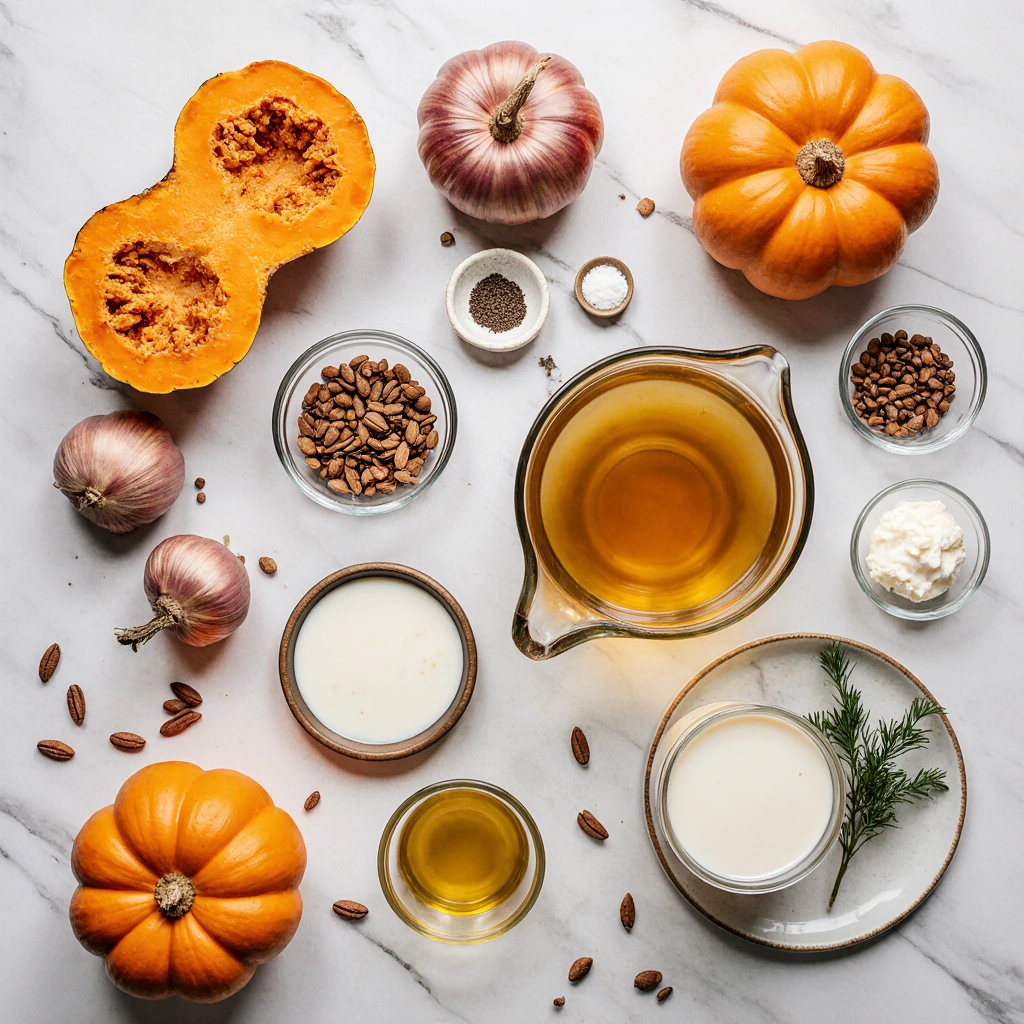
Step-by-Step Instructions
Step 1: Prepare Your Pumpkin
If using fresh pumpkin, start by peeling, removing seeds, and dicing it into 1-inch cubes. This helps it cook evenly and blend smoothly. Pro tip: Save seeds for roasting later!
Step 2: Sauté Aromatics
Heat olive oil or butter over medium heat in a large pot. Add chopped onion and garlic, cooking until translucent and fragrant — about 5 minutes. This base builds the rich flavor foundation of your pumpkin soup.
Step 3: Cook Pumpkin
Add your fresh pumpkin pieces (or canned puree) to the pot. Stir to coat with the aromatics, then pour in vegetable or chicken broth. Bring to a gentle boil, reduce heat, and simmer for 20-25 minutes until pumpkin is tender.
Step 4: Blend Until Smooth
Use an immersion blender directly in the pot or transfer batches to a countertop blender. Puree until silky and creamy. This step is crucial — a smooth texture distinguishes great pumpkin soup from mediocre.
Step 5: Add Cream & Spices
Return the blended soup to the heat and stir in your cream or coconut milk. Season with cinnamon, nutmeg, salt, and pepper. Warm through but don’t boil, ensuring spices release aroma without bitterness.
Step 6: Taste and Adjust
Taste your soup and adjust seasoning if needed. Sometimes a splash of lemon juice or a pinch of cayenne adds exquisite depth. Serve hot with optional toppings like toasted seeds for crunch or fresh herbs for brightness.
Nutritional Information
Per serving (approx. 1 cup):
- Calories: 180-220 (varies by cream type)
- Protein: 3-5 grams
- Carbohydrates: 15-20 grams
- Dietary Fiber: 3 grams
- Fat: 12-15 grams (healthy fats from oils or coconut milk)
- Vitamin A: 245% of Daily Value (from pumpkin)
- Vitamin C: 15% DV
- Iron: 6% DV
This pumpkin soup is nutrient-dense, packed with beta-carotene and immune-boosting vitamins, perfect for a balanced meal or comforting appetizer.
Healthier Alternatives
- Use low-fat coconut milk or unsweetened almond milk to cut calories and fat without losing creaminess.
- Replace butter with avocado oil or extra virgin olive oil for heart-healthy fats.
- For a protein boost, add cooked lentils or a dollop of Greek yogurt (omit for vegan version).
- Reduce sodium by using homemade broth or low-sodium store-bought options.

Serving Suggestions
Pumpkin soup shines best in autumn and winter but is flexible across seasons.
- Pair with crusty artisan bread or a sprig of rosemary focaccia for chewy contrast.
- Garnish with crunchy roasted pumpkin seeds or a drizzle of chili oil for heat lovers.
- Serve as a starter at holiday dinners, accompanied by a fresh arugula and pear salad.
- For gluten-free diners, swap bread for savory seed crackers or gluten-free grilled cheese.
- Turn it into a meal by adding toasted quinoa or pearl barley on top for texture and sustenance.
Common Mistakes to Avoid
- Overcooking the pumpkin: Leads to mushy flavor and grainy texture. Cook until just tender.
- Skipping the spices: Cinnamon and nutmeg bring warmth and complexity; don’t omit.
- Adding cream too early: Boiling cream can cause separation; stir it in gently after blending.
- Blending in hot batches improperly: Avoid splatters — blend in smaller amounts or use a lid with a vented opening.
- Neglecting seasoning: Taste frequently; pumpkin’s natural sweetness needs balancing with salt and pepper.
Storing Tips
- Refrigerate leftovers in an airtight container for up to 4 days.
- Reheat gently over low heat, stirring to maintain texture and prevent separation.
- Pumpkin soup freezes exceptionally well; portion into freezer-safe containers, label and freeze up to 3 months.
- To thaw, refrigerate overnight and warm on the stove or in the microwave with occasional stirring.
- If soup thickens after freezing, add a splash of broth or cream during reheating.
Conclusion
Mastering pumpkin soup offers a delightfully comforting and nutritious addition to your recipe repertoire. With the right technique, seasonal ingredients, and simple spices, your pumpkin soup will impress every time. Don’t forget to try the healthy swaps and creative serving tips to tailor it perfectly to your tastes. Ready to get cooking? Share your pumpkin soup successes in the comments below or sign up for our newsletter for more seasonal recipes and kitchen hacks!
FAQs
Q1: Can I use canned pumpkin for this soup?
Absolutely! Canned pumpkin puree is a convenient, time-saving alternative and will result in a creamy, flavorful soup without peeling or roasting. Just be sure to use pure pumpkin, not pumpkin pie filling.
Q2: How do I make pumpkin soup vegan?
Substitute butter with olive or coconut oil, use vegetable broth instead of chicken, and swap dairy cream for coconut or almond milk to achieve a creamy vegan pumpkin soup.
Q3: What can I add to pumpkin soup for extra protein?
Try stirring in cooked lentils, canned chickpeas, or topping with toasted seeds and nuts. Greek yogurt can add protein but is not vegan.
Q4: Is pumpkin soup healthy for weight loss?
Yes! Pumpkin is low-calorie yet nutrient-dense and packed with fiber that helps keep you full. Using low-fat milk options and moderating cream ensure it fits well into a weight management plan.
Q5: Can I make pumpkin soup in a slow cooker?
Definitely. Sauté aromatics first, then add pumpkin, broth, and spices to the slow cooker. Cook on low for 4-6 hours, blend until smooth, and finish with cream or milk.

